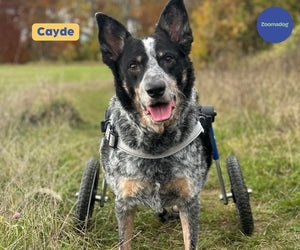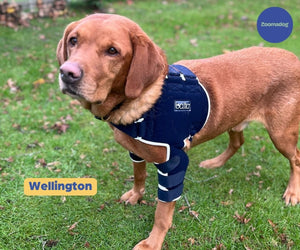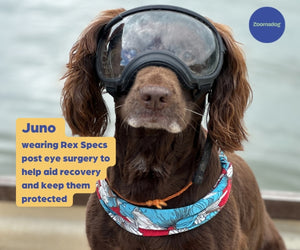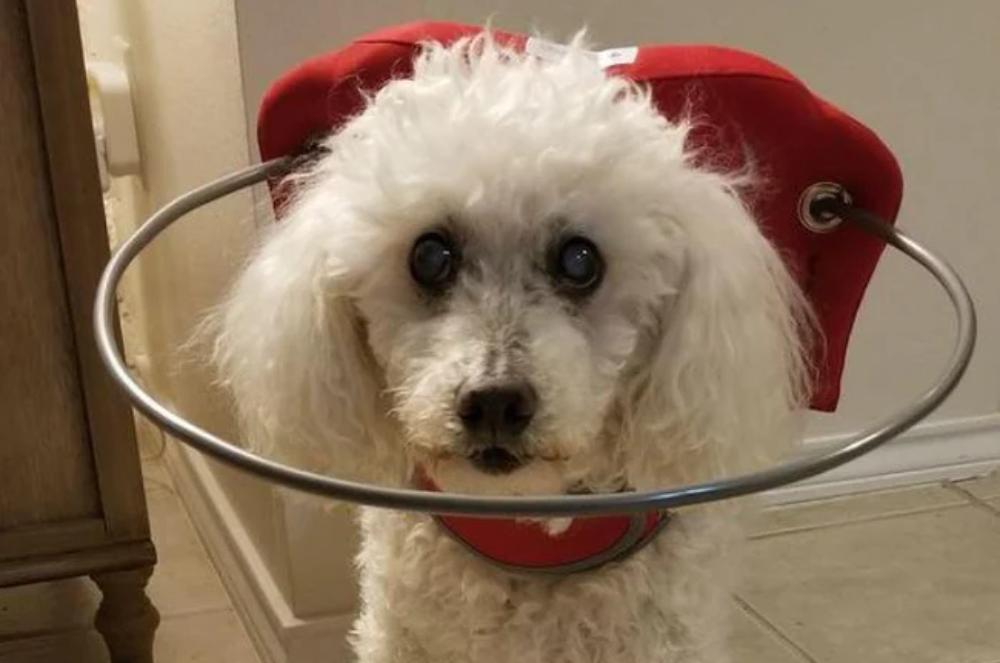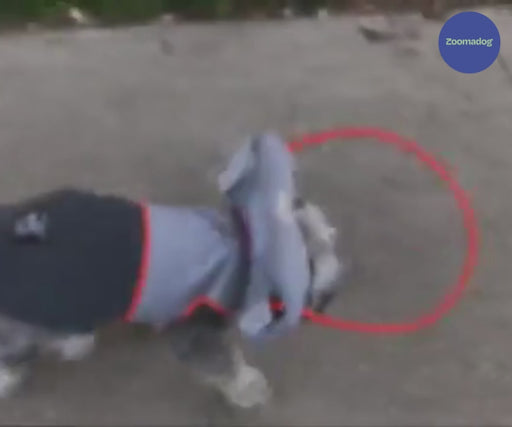Blindness in Your Dog
There are various reasons that cause blindness in dogs. Some causes can be treated, but others can’t. It can be temporary but is, more often, permanent.
Blindness in dogs can have a significant impact on their quality of life. It obviously affects a dog’s ability to navigate its surroundings and interact with its surroundings. A lack of sight can be very frightening for a dog.
There are three levels of blindness: partially blind, when a dog might be able to see some shapes and light, or have blindness in one eye only; intermittently blind, when sight comes and goes randomly; and completely blind, when light is the only thing that can be seen.
Blindness can be a challenging adjustment for both the dog and the other owner, but with patience, love, and some adjustments to the dog’s environment and routine, many blind dogs can lead happy and fulfilling lives.



